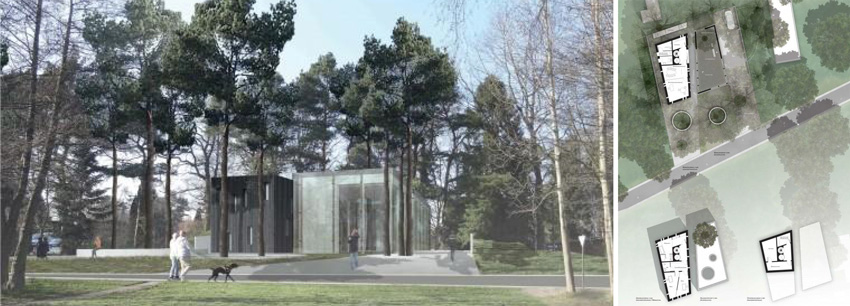Using Building Information Modeling for Architectural Drawings
Additional Documents
Another time-saving feature of using a central BIM software program for projects is that data can be used to generate additional, supplemental documents or deliverables separate from the construction drawings. These could include things such as cost estimates, energy models, and even project specifications. Since all of the information related to these things is already incorporated into the fully developed model, it is once again a matter of selecting the information desired and using the capability of the software to collect, display, and present it.
Overall, the key to better construction documents with BIM is to allow the people to do what they do best (i.e., design, assess, review, synthesize, resolve, etc.) and rely on the computer to do what it does best (i.e., store information, do calculations, present data, identify conflicts, etc.) In this way, quality construction documents can be customized to suit the needs of a firm or project and promote the full and complete coordination between different building elements and design disciplines.
Conclusion
BIM has emerged as more than just a better way to design in three dimensions. It has been shown to be a central tool for all types of documentation related to the design and construction of buildings. By using the appropriate Level of Development guidelines, all phases of a project can be conceived, developed, visualized, documented, communicated, and coordinated between all involved. Recognizing the full potential of BIM not only means better drawings and better projects, but it also means that firms have the capability to operate more efficiently, with more creativity, and potentially with more profitability. Embracing this full potential has been demonstrated with numerous firms around the world, making it clear that those who aren’t on board may get left behind.











